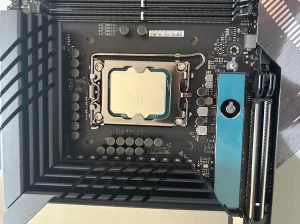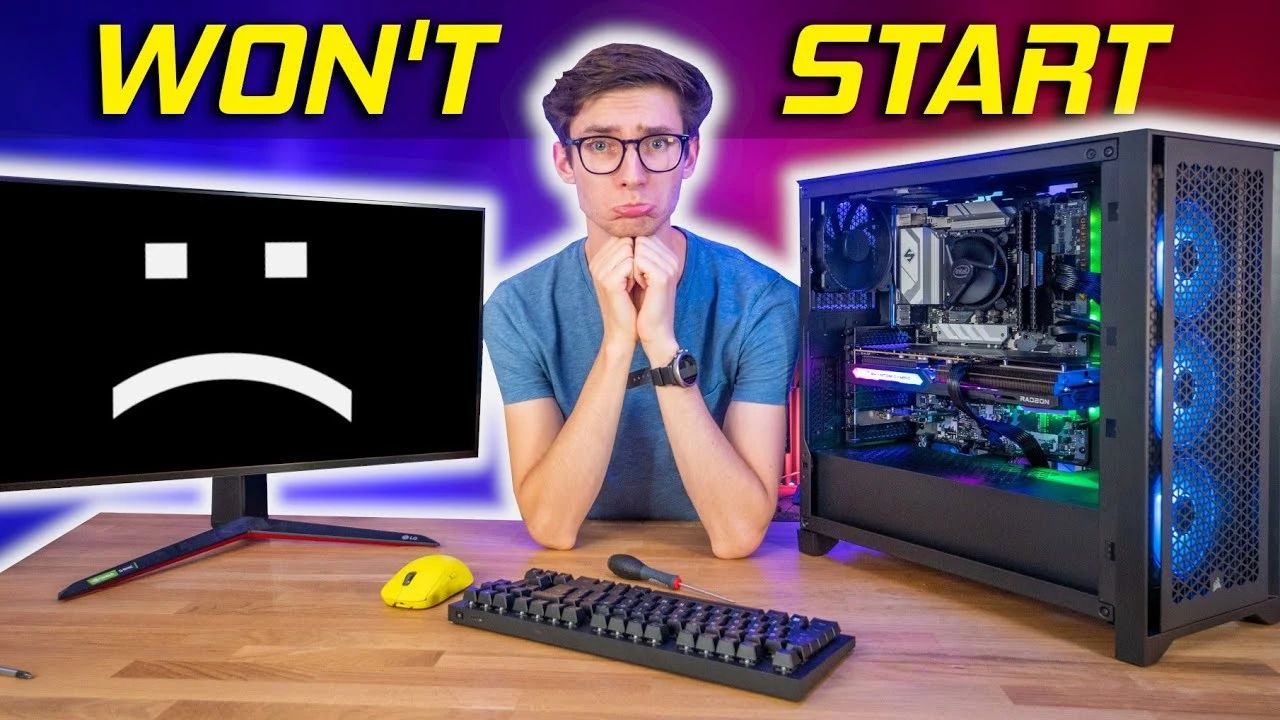The short answer is no, a PC will not turn on without a CPU. The CPU is the central processing unit of a computer, and it’s responsible for carrying out all of the instructions that make the computer work.
Without a CPU, the computer simply has no way to start up. I am a computer nerd who loves building PCs. One day, I was working on a new PC build and decided to turn on the PC without the CPU installed. The fans and lights came on, but the screen stays blank. I realized that the CPU is essential for the computer to start up, and I had to install the CPU before the PC would work.
Can a PC Turn on Without A CPU?

So, will a PC turn on without a CPU? The answer is no, a PC will not turn on without a CPU. When you turn on a PC, the motherboard checks for the CPU before it does anything else. If the CPU is not present, the motherboard will not start up and you will not see anything on the screen.
You may also like: Are CPUs Truly Plug-and-Play Devices?
What happens if you attempt to boot up a PC without a CPU?
In some cases, a PC may briefly turn on without a CPU, but it will quickly shut down again. This is because the motherboard will detect the missing CPU and will not be able to continue the boot process.
If you are trying to turn on a PC without a CPU, you will most likely see one of the following:
- A series of beeps from the motherboard speaker.
- Error LEDs on the motherboard.
- The PC will turn on for a few seconds and then shut down again.
If you see any of these signs, it means that your PC is not detecting the CPU. You will need to install a CPU before you can use your PC.
Here are some additional things to keep in mind:
- It is not possible to update the BIOS of a PC without a CPU.
- Some motherboards have a feature called “Q-Flash Plus” that allows you to update the BIOS without a CPU. However, this feature is not available on all motherboards.
- It is not safe to turn on a PC without a CPU cooler. The CPU will overheat and could be damaged.
Can a Windows PC or MacOS Turn On Without a CPU?
No, a Windows PC or a MacBook cannot turn on without a CPU. The CPU is the central processing unit, and it is the brain of the computer. It is responsible for carrying out instructions from the operating system and running programs. Without a CPU, the computer cannot function.
If you try to turn on a PC or MacBook without a CPU, the motherboard will not even start the boot process. You may see some lights or fans turn on, but the computer will not display anything on the screen.
How to Check If Your PC CPU Is Dead?
If you suspect that your PC’s CPU may be dead or malfunctioning, there are several steps you can take to diagnose the issue. Here’s a guide to help you check if your PC CPU is indeed dead:
- No Power or No Boot:
- Check if the computer shows any signs of power, such as lights, fans spinning, or sounds. If there’s no power at all, it could be a power supply issue.
- If the computer powers on but doesn’t boot (no display, no BIOS screen, no startup sequence), it could still be a CPU issue.
- Beep Codes:
- Some motherboards produce beep codes that indicate hardware issues during the POST (Power-On Self-Test) process. Listen for these beeps. No beeps or unusual beeping patterns could indicate a CPU problem.
- Visual Inspection:
- Carefully inspect the CPU for physical damage, such as bent pins, burns, or discoloration. If you see any visible damage, it’s a clear indication that the CPU might be dead.
- Swap Components:
- If you have a spare compatible CPU, consider swapping it with the suspected dead CPU.
- Alternatively, if you have access to another compatible motherboard, you can try installing your CPU in that motherboard to see if it works.
- Reset CMOS:
- Sometimes, a BIOS/CMOS reset can resolve boot issues. Locate the CMOS battery on your motherboard. Remove it for a few minutes then put it back and try to boot.
- Check for Overheating:
- CPUs can overheat and cause the computer to shut down as a safety measure. Ensure that the CPU cooler is properly seated. Also, the thermal paste is applied correctly and the cooler fan is functioning.
- Check for Faulty Motherboard or RAM:
- In some cases, a malfunctioning motherboard or faulty RAM can cause symptoms that might be mistaken for a dead CPU. Test your RAM in another system if possible.
Will a motherboard turn on with a dead CPU?
A motherboard will generally not turn on if the CPU is completely dead or absent. Most modern motherboards have built-in safety measures to prevent booting without a functional CPU.
Is it OK to turn on the motherboard without CPU?
It’s generally not advisable to turn on the motherboard without a CPU. Attempting to do so might result in a critical hardware issue.
Can you boot into BIOS with a broken CPU?
You cannot typically boot into the BIOS (or UEFI) without a functional CPU. The BIOS/UEFI is firmware stored on a chip on the motherboard, and it’s responsible for initializing hardware, including the CPU.

